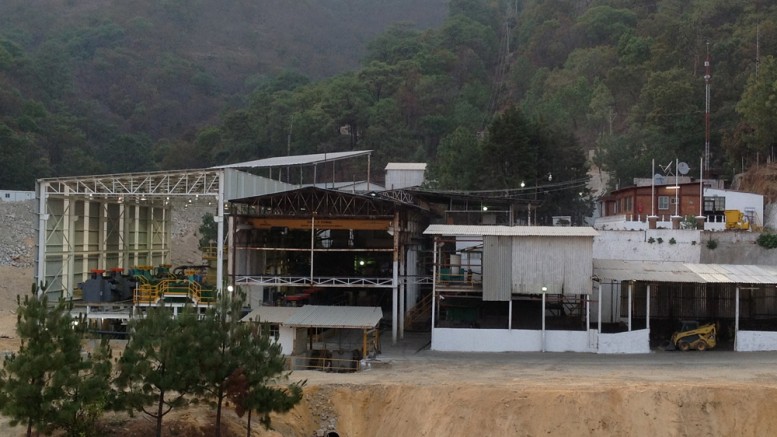Less than half of the discoveries made since 1950 have turned into mines so far, Richard Schodde, managing director of Melbourne-based MinEx Consulting, said at the recent Prospectors & Developers Association of Canada’s annual convention in Toronto.
Schodde reviewed 3,500 gold, base metals and uranium discoveries made worldwide between 1950 and 2013, and found only 45% of them have turned into mines. His analysis excluded bulk discoveries and satellite deposits found within mining camps.
The conversion rate, Schodde says, depends on several factors, including commodity type; deposit size; being a brownfield or greenfield discovery; and country risk.
The review revealed that gold deposits and zinc–lead deposits have a better chance of reaching production than nickel laterites due to better economics. Bigger deposits were also more likely to come online.
Schodde notes that because of time delays, the true conversion rate would be 15% higher than the estimated 45%, as most of the discoveries in the last several years are at the advanced-exploration stage.
In terms of metal content, miners have extracted 57% of the resources they have discovered over the last 60 years.
Looking at the conversion speed, Schodde says it takes an average 12.4 years to get a discovery into production. That rate varied between commodities. Gold deposits reached production the fastest, averaging 10 years, while copper deposits took 17 years to develop.
Surprisingly, the deposit size and the depth of cover for both copper and gold projects did not affect the conversion speed.
But for copper, brownfield discoveries reached production in 15.6 years, or nearly three years quicker than greenfield discoveries, indicating that existing infrastructure helps reduce development and technical risks.
There was no material difference found between gold brownfield and greenfield discoveries, as they both took a decade to develop, suggesting that “infrastructure is less of an issue for gold projects,” Schodde said.
Discoveries made in politically stable jurisdictions also reached production faster. Gold projects in Australia, Canada, the U.S. and Chile took 7.1 years to develop compared to 9.8 years in the rest of the world. And copper projects were put into production in 13 years in these stable countries, which is nearly half of the time it took in other jurisdictions.
Another factor affecting how long it takes to get a project online is the business cycle.
“You really have to be mindful of where you are in the business cycle when it comes to exploration. You don’t want to find your discovery at the top of a business cycle . . . the reality is that you cannot drill and do the physical work in time to take advantage of the price cycle.”
Looking at uranium prices and discoveries made between 1945 and 2013, Schodde notes the uranium sector experienced three major price booms in the fifties, seventies and after 2005. If a uranium deposit was found in 1977, late in the second price boom, it would not be developed until the next price boom, which happened 30 years later.
Copper saw several price booms that were tied to the business cycle. Schodde found it took more time to develop a copper project as the years progressed. The time delay went from being five years in the 1950s to 14 years in the last decade, as companies spent more time wrapping up studies and permitting work before starting construction.
Gold projects appeared less affected by the business cycle, mainly because explorers tend to develop them quicker.
“To make money on exploration, it is critical that you get the discovery into production as quickly as you can,” Schodde says. “If you don’t catch that first [price] wave, you will be parked until the next wave.”


Be the first to comment on "PDAC: What turns a discovery into a mine?"